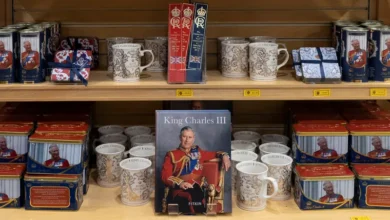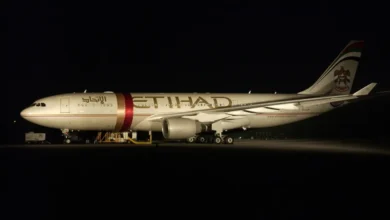Russia’s rupee trap is adding to $147 bln hoard stuck abroad since Ukraine invasion

A lopsided trade relationship with India is forcing Russia to accumulate up to $1 billion each month in rupee assets that remain stranded outside the country, swelling the stockpile of capital it’s amassed abroad since the invasion of Ukraine.
Russia has emerged as a top supplier of oil to India over the past year, settling a greater share of trade in national currencies and redirecting shipments east as traditional customers in Europe shunned purchases after the war began over a year ago.
But with imports from India stagnating, Russia is ending up with an excess of rupees, which its companies have trouble repatriating because of local currency restrictions. Deadlock over a solution has left Russia expecting the surplus to rise further, according to people familiar with the negotiations.
Every quarter, the imbalance will likely generate the equivalent of $2 billion to $3 billion that Russia can’t use, according to Bloomberg Economics. The amount would add to an estimated $147 billion in net foreign assets built up abroad over the course of 2022.
“The reason is a sharp boost in the volume of oil supplies from Russia,” said Irina Zasedatel, a member of the presidium of Russia’s Association of Exporters and Importers. “Against the backdrop of an increase in the growth of oil sales, there’s little sign of expansion in the supply of other goods.”
An impasse at the negotiating table between India and Russia is complicating their booming one-way trade. In the first quarter, India had a trade deficit $14.7 billion with Russia.
A top priority for India is to promote the wider use of the rupee in international settlements. The central bank has suggested that countries accumulating excess rupees from exports can put the funds in local securities including government bonds.
The two countries are discussing various payment mechanisms including investments in India’s capital markets by Russian entities.
It’s an option that initially didn’t find favor with Moscow but is now back on the table as billions of rupees pile up in Indian banks, officials in India familiar with the details said, asking not to be named because discussions were private. Other possibilities include channeling the accumulated rupees into Indian infrastructure projects in exchange for equity stakes.
For Russia, the only acceptable option is to use currencies of a third country, such as China’s yuan or the United Arab Emirates dirham, said people familiar with the deliberations. An agreement is far off since Russia has limited sway in a situation with few alternative buyers to India, they said, asking for anonymity to describe the private talks.
Russia’s government and its central bank didn’t respond to requests for comment, and neither did India’s Ministry of External Affairs.










